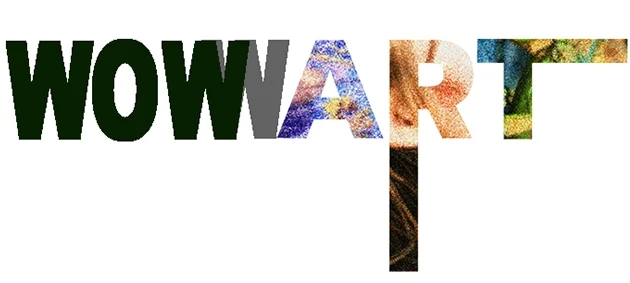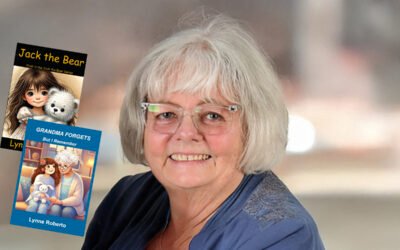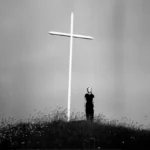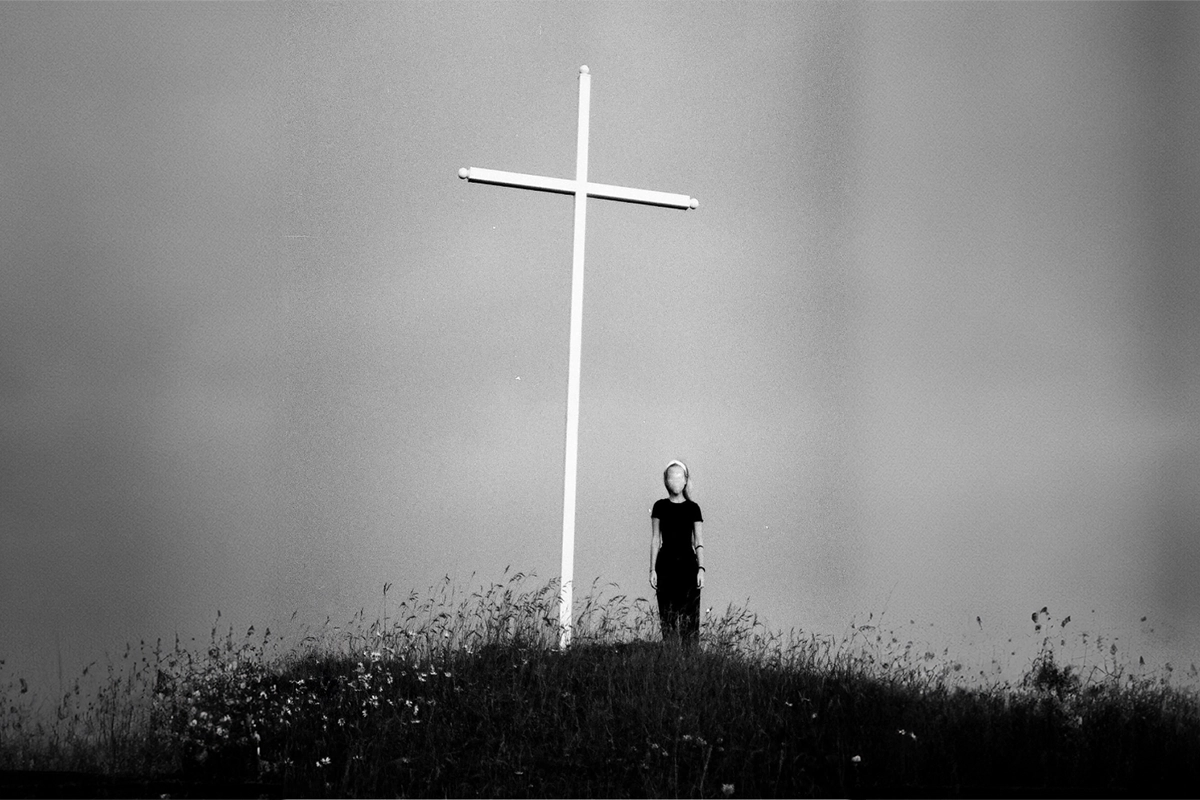Brandi Twilley Transforms Personal Tragedy Into Powerful Portraits Of Human Resilience
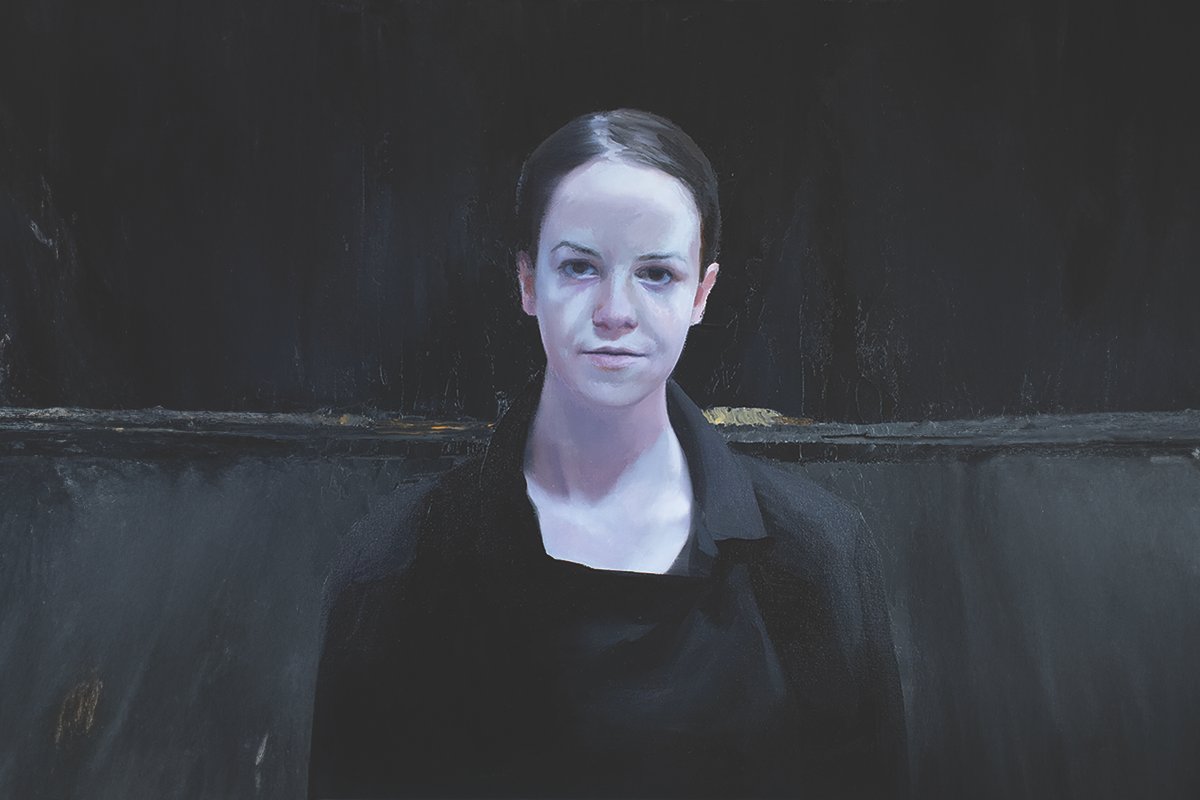
The Art Of Survival At Crest Foods Portraits Of Everyday Heroes
Artist Brandi Twilley discusses how house fires, depression, and working at Crest Foods influenced her art, creating powerful portraits that capture human resilience through composite imagery.
Brandi Twilley’s haunting portraits and powerful narratives have established her as one of the most compelling voices in contemporary American art. Through her masterful brushwork and profound understanding of human resilience, Twilley transforms personal tragedy and workplace experiences into universal stories that resonate deeply with viewers.
The Oklahoma-born artist’s journey through multiple house fires, periods of depression, and her time as a housekeeper at Crest Foods has shaped her unique artistic vision. Her celebrated “Crest series” captures the dignity and struggles of her former coworkers with remarkable sensitivity and depth. The recurring motif of black polo shirts in these works serves as both a unifying element and a powerful symbol of shared human experience.
What makes Twilley’s work particularly striking is her ability to weave together personal memory, social commentary, and artistic innovation. Her composite portraits, drawn from real-life encounters and reimagined through her distinctive lens, speak to the resilience of the human spirit in the face of adversity. The artist’s own path of recovery and renewal, including her battle with Lyme disease, adds another layer of authenticity to her exploration of human perseverance.
As Editor of WOWwART magazine, it is my privilege to share this intimate conversation with an artist whose work continues to challenge and inspire. In this revealing interview, Twilley offers unprecedented insights into her creative process and the experiences that have shaped her remarkable artistic journey.
Twilley’s masterful portraiture and authentic storytelling elevate everyday experiences into profound statements about human perseverance and shared struggles.
How did your experiences with depression and insomnia influence your artistic journey and the themes you explore in your work?
Getting very depressed and moving back to Oklahoma was what lead me to work at Crest. I had dropped out of school and hadn’t painted in almost two years. My family lived pretty far out in the country and our house caught on fire forcing us to move. I was able to walk to Crest and get a job. Being around people again, my coworkers and the customers, helped me get out of my own self absorption. Their lives were harder than mine. Those I worked with had recently gotten out of prison or had their children taken by DHS. I knew I would eventually leave and go back to school.
Can you describe the impact that the fires in your famil
y’s home had on your artistic perspective and the narratives you choose to represent in your art?
My family has had three house fires. The first in 1999 burnt our house to the ground. The second in 2005 burned the attic up. That’s the fire that lead to my Crest employment. The next fire, in 2019, I only discovered when I came back to visit my family and saw the garage covered in a tarp and charred black. No one was harmed in these fires, fortunately. The first two fires were a big source of upheaval in my life. I was forced to move, take a new path and let go of the past. The fires have always struck where my art was stored. Each of these fires has made me contemplate the forces of chaos and renewal that are in continual flux.
“Being around people again, my coworkers and the customers, helped me get out of my own self absorption.” Brandi Twilley
What was it like to work at Crest Foods, and how did the interactions with your coworkers and customers shape your artistic practice?
Working at Crest was the best job I’d ever had at that point. The best thing about it was that I just cleaned the store and wasn’t doing custom service. I was what they called a house keeper so I cleaned the bathrooms, mopped the floors and took out the trash. I was working very hard physically, but I was free mentally. I day dreamed a lot. I was fascinated by my coworkers and the customers, many of whose faces and bodies showed how hard their lives had been. I made drawings based on them at that time.
How do you feel the process of creating portraits from composite images reflects your understanding of your subjects’ life stories and experiences? ‘
Almost everyone except for myself and my three brothers, who also eventually worked at Crest, are made up portraits. I had specific memories in mind when I made each painting. For example when I painted Blood Blister, the story my coworker told me about biting into an apple as a child and seeing that all of his teeth had stayed in the apple, was in my head. Malnutrition did that to him. Sometimes I felt like the portraits are versions of myself. In my self portrait I look fine, but I felt like I must look like the girl in Cigarettes I.
In what ways does the uniformity of the black polo shirt in your portraits symbolize the shared experiences and struggles of the individuals you portray?
The black polo shirt was always the easiest part of the painting to make, a simple black form for each body. I left out the embroidered Crest logo so that it would not draw attention away from the portrait. Black is associated with death, mourning and darkness. I could have chosen the red Crest shirt that was also issued in 2005, when I worked there. Black seemed right for these paintings. I also came to see it as a visual link to the fire aftermath, to charred blackened things.
How has your personal journey of recovery and renewal been mirrored in the themes and evolution of your artwork, particularly in relation to the Crest series?
I had been working on the Crest series when I lost the use of my hands due to Lyme disease. I ended up rolling up my paintings and putting them in a suit case to travel to Oklahoma from New York. I didn’t paint for two years more years, while I focused on recovery. I spent time with my family and once again lived one mile from Crest. I live across the street from where I lived in my Crest days. It is uncanny the way that during the process of making the paintings I retraced my steps once again through a process of falling ill, traveling home and returning to health. Eventually I began painting again and when I finally showed the Crest series I felt as if I had crossed back into the world after a long journey.

EDITOR’S NOTE
In “Self Portrait,” Brandi Twilley presents a haunting self-study that masterfully balances light and shadow. Her face emerges from darkness, illuminated against a stark background, while her black attire melts into the surrounding gloom. The artist’s direct gaze and subtle expression capture a moment of deep introspection, while the minimalist composition emphasizes psychological depth. Twilley’s technical skill shines in her treatment of skin tones and the delicate play of cool light across features. The portrait’s somber palette and contemplative mood reflect personal struggles, yet there’s a quiet strength in her steady gaze, suggesting resilience and self-awareness. This work powerfully demonstrates Twilley’s ability to transform personal experience into compelling visual narrative.
